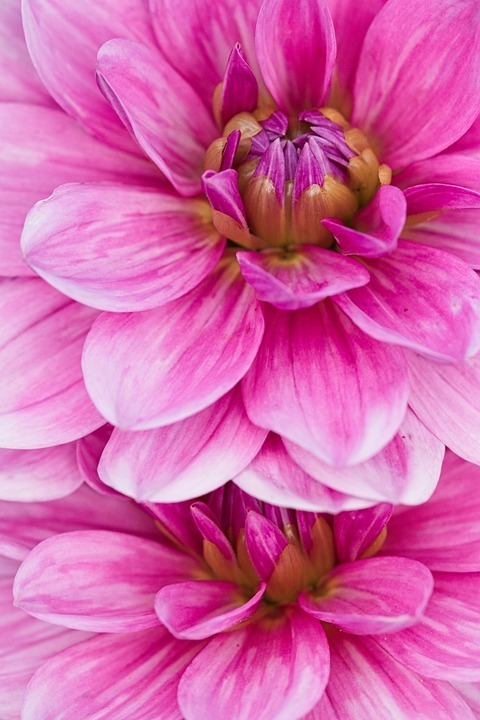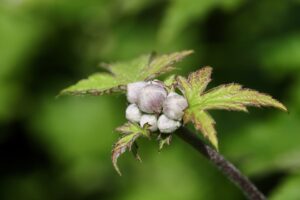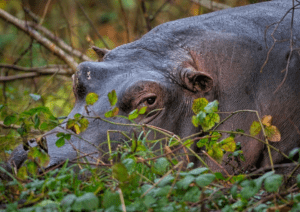[ad_1]
First henna is never black. It is a plant that is native to tropical regions of Africa, Southern Asia ad Australasia, and its leaves produce a dye called lawsone, which is a red-orange colour, which bonds well to proteins and therefore is used to dye skin, hair, fingernails and silk. Pure henna should not irritate the skin although some people may develop allergies, henna can actually be a good skin conditioner. Traditional henna tattoos are a caramel colour or a reddish-brown but not black.
To make real henna tattoos the leaves are dried and milled into a powder which is mixed with lemon juice, strong tea or other mildly acidic liquids to form a paste. This is left to “rest” for 6-12 hours so that the cellulose in the leaves can dissolve and release the lawsone. Once on the skin the lawsone molecules migrate from the henna paste into the outer layers of skin. The paste cracks and falls off but dabbing sugar or lemon mixes over the dried paste can seal it in. When you remove the paste the stain will be orange but darkens to a reddish brown. It can be darkened further by steaming, warming or using alkaline solutions but chlorinated water and soap can spoil the stain. The stain should fade as your skin exfoliates and sheds the outer layer of stained skin cells.
The concept of “black henna” may have originated from tribal people seen with black tattoos which may be from alkalised henna or other sources. Indigo plants can be partly fermented and dried, then mixed with henna and used to dye your hair black but it cannot dye your skin.
In the USA henna is only approved for use in hair dye and is not allowed to be imported for other uses such as tattoos, therefore those people offering black henna tattoos are doing it illegally and are not using real henna anyway. “Black henna” usually contains unlisted dyes the main one being 1,4phenylenediamine or para-phenylenediamine (PPD). This chemical is used in hair dyes but can only constitute 6% or less, it cannot come into direct contact with the scalp and must be rinsed immediately. However in “black” henna tattoos it usually constitutes 10%-60% and is left on the skin for half an hour.
PPD is used because it is a cheap substitute for henna and it stains the skin within half an hour while henna can take up to 8hours before the staining is complete. PPD can be mixed with peroxide or peroxide can be wiped over the tattoo to bring out the colour and it dries rapidly. However, PPD is much more abrasive than henna and has a number of adverse affects:
- Severe allergic reactions can cause permanent sensitivity so the use of PPD-based hair dyes is life-threatening.
- Permanent scarring
- Intense itching
- Rashes
- Blistered skin
- Chemical burns
- It is toxic, either by inhalation or in contact with the skin
- Irritate the eyes, respiratory system and skin
- It’s a possible mutagen (it can cause the genetic information or DNA, in your cells to change, so the wrong proteins are made or no proteins are made depending on the change, both of which can be extremely harmful.)
Black henna is often used by street artists and in tourist resorts or attractions. Countries that are known to have tattooists using black henna are:
- Thailand
- The Philippines
- Australia
- Mexico
- Greece
- Turkey
- Egypt
- South Africa
- Goa (in India)
- Bali (in Indonesia)
- Key West (in Hawaii, USA)
These places or rather the tattooists can get away with it because there is often a delayed reaction to PPD while the ink sinks into the skin. This can take 3-12 days and by this time many tourists have left and so the tattoo artists aren’t charged.
[ad_2]
Source by Fox Harrison




